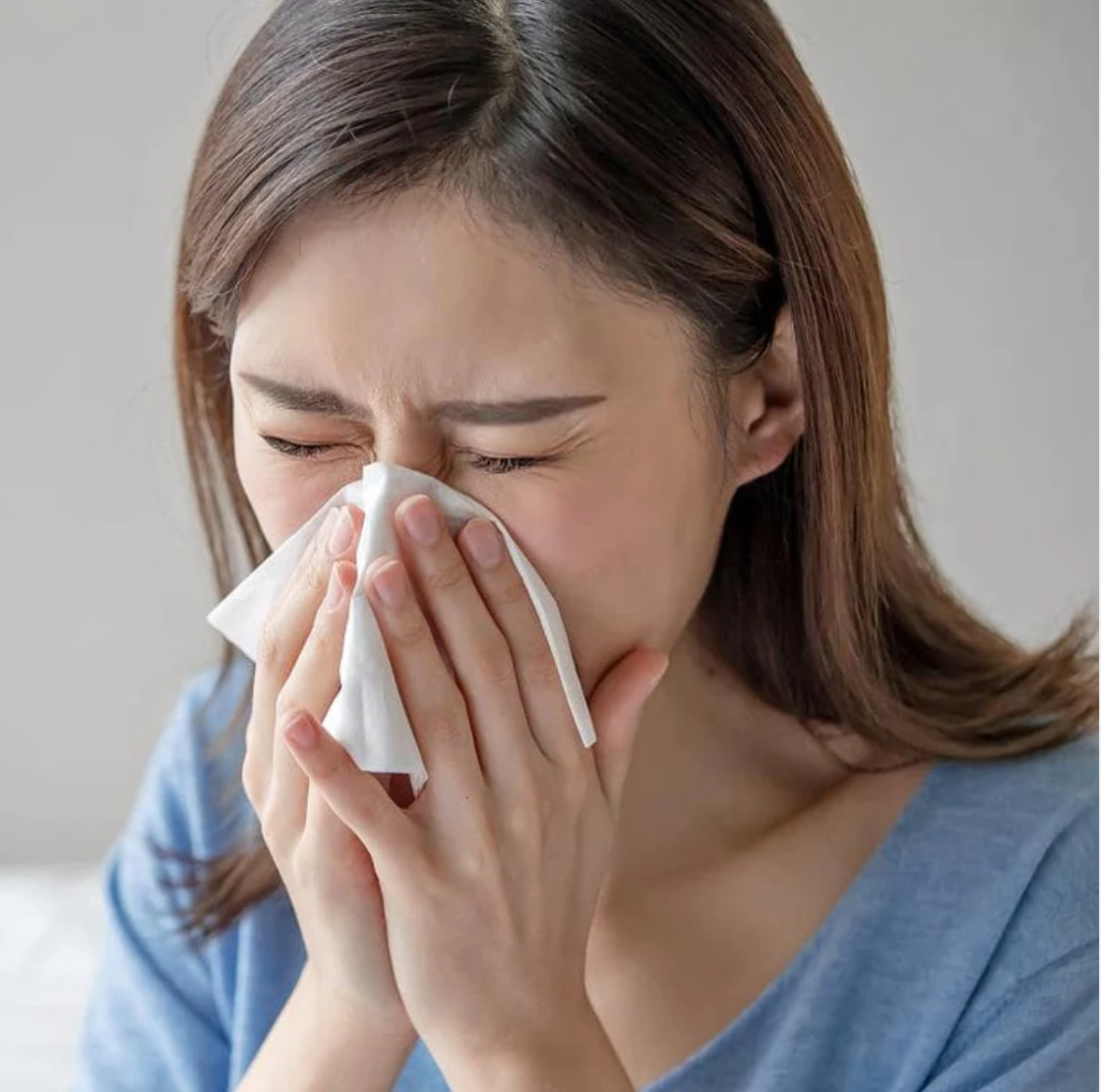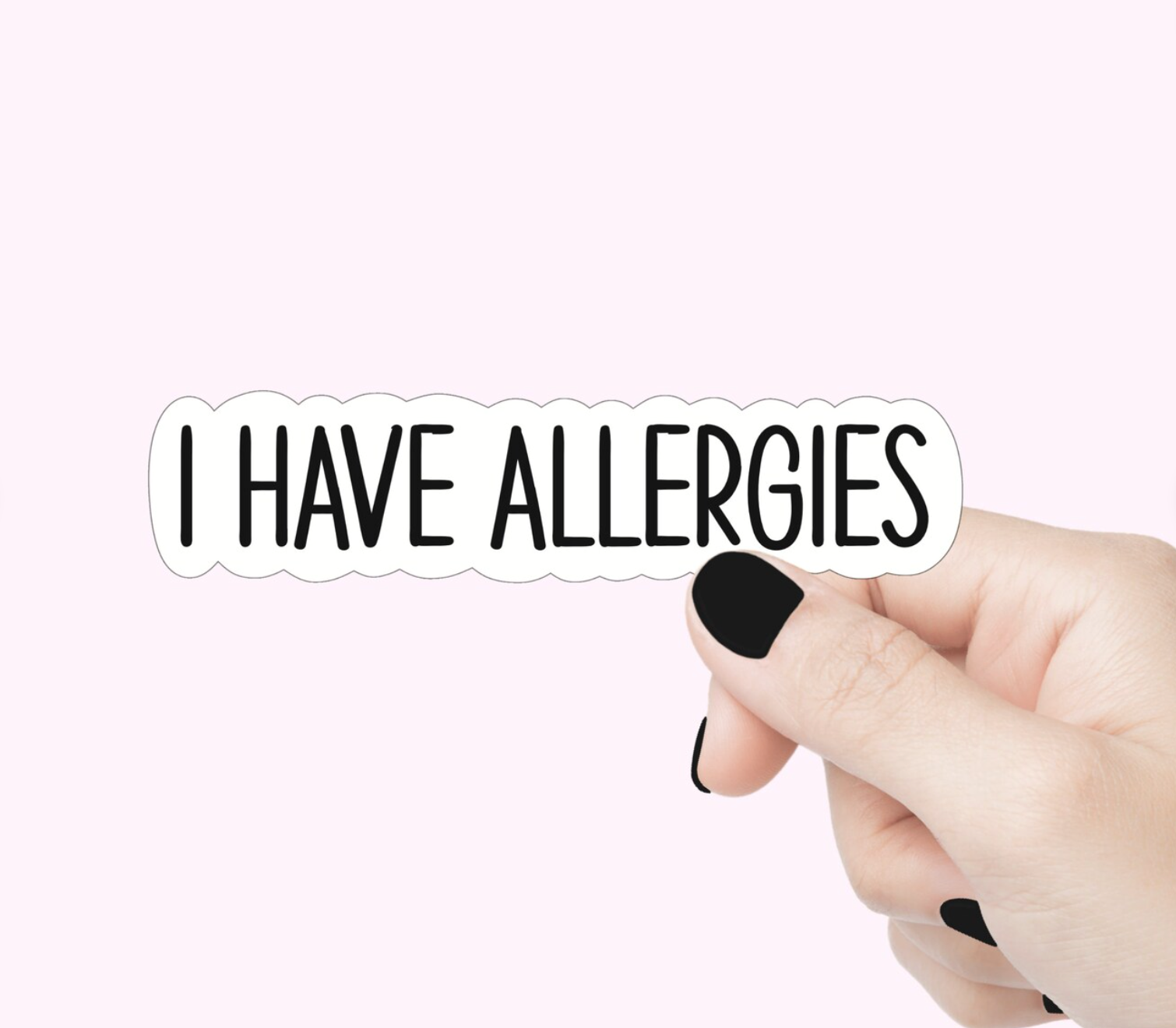Part 1: Allergy or Sensitivity?

Coming in contact with any number of perfume ingredients can trigger adverse reactions for certain people. The list of fragrance allergens and irritants is long and different people have different reactions and tolerance levels. Reactions can either be classified as sensitivities or allergies depending on the mechanisms at work in your body and the severity of the effects. Understanding the type of reaction is key to helping you choose scented products that are compatible with your body. This post is the first in a series on understanding fragrance allergens.
Fragrance Sensitivities
Also called fragrance intolerances, these reactions do not involve an immune response and are more common than fragrance allergies. Individuals with fragrance sensitivities may experience discomfort due to an exposure but do not have an immune-mediated allergic response. Many sensitivities are psychological based reactions linked to anxiety about unknown scents and loss of control. Sensitivity symptoms include sneezing, coughing, headaches, nausea, dizziness, irritation, discomfort, or a sense of being overwhelmed.
Understanding more about fragrance ingredients may help reduce symptoms. Knowing what materials create the scents around you may reduce your anxiety about them. Transparent fragrance labeling makes it easier for consumers to identify and avoid materials they believe cause them irritation. Even without transparent labeling you can keep track of scents that irritate you and stay away from those categories. If strawberry smells always cause irritation, avoid strawberry scented products.
Fragrance Allergies
A true allergy is an immune-mediated response to an allergen and occurs via a three-step process.
- Contact – A first contact with the allergen occurs. This does not trigger an immune response and only triggers induction (Step 2) if the contact exceeds a threshold (varies with person and allergen).
- Induction – Allows the immune system to identify the allergen in the future.
- Elicitation – Any subsequent contact with the allergen, above specific levels, triggers a reaction.
- Skin Reactions: redness, itching, swelling, burning sensations, rash, or hives.
- Respiratory Reactions: sneezing, coughing, wheezing, nasal congestion, or difficulty breathing. These are more common in individuals with pre-existing respiratory conditions.
Variability in response to different allergens in different people is high. Some allergens, poison ivy for example, will trigger an allergic response in everyone. For other allergens some people may show higher or lower resistance. Degree of exposure is a factor, the more exposure you have to an allergen the more likely you are to develop an allergy. So, exposure to small amounts of an allergen may never trigger an allergy in most people.
Allergy Prevention
Allergy prevention is possible in two ways. First, primary prevention aims to avoid induction (sensitization) occurring. Next, secondary prevention aims to avoid repeat elicitation. Primary prevention is most effective at the industry level by having companies omit known, common sensitizers from their products. Secondary prevention is effective at a personal level by having people with fragrance allergies choose products without the materials they’re allergic to reduce or eliminate elicitation reactions. Transparent labeling is a key factor for making secondary prevention possible.
Make Scents a Choice
Reduce your exposure to irritants and make scented products a conscious choice by choosing only to use scented products with scents you want to smell like and fragrance-free products elsewhere. This can reduce the cumulative effect of using multiple scented products. Don’t let your perfume be muffled by body lotion or even primer. Choose fragrance-free or unscented moisturizers and make-up. Use perfume and fragrance that has a transparent ingredient listing so you can make accurate assessments of your reaction.
Stay tuned for Part 2 where we investigate individual fragrance allergens…



